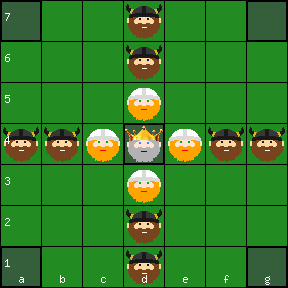
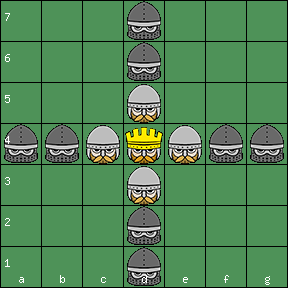

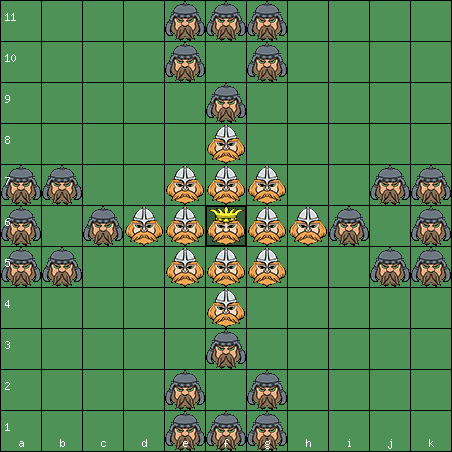
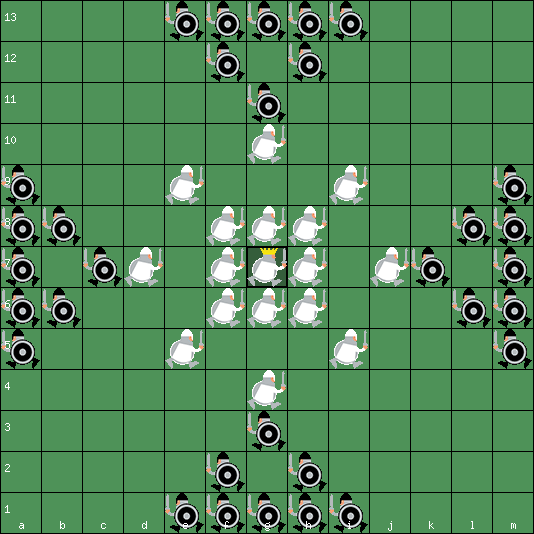
Board size and set up varies, 7x7, 9x9, 11x11 or 13x13 squares.
|
17.5.2016. Theory: The tafl games "Brandubh" (Ireland), "Ard Ri" (Scotland), "Tablut" (Lapland), "Tawlbwrdd" (Wales) and "Hnefatafl" (Iceland) are all one and the same game: the Iron- and Viking Age Scandinavian board game Hnefatafl. Aage Nielsen, Denmark. |
1. Two players, the king's side vs attackers. There are twice as many attackers as defenders.





Board size and set up varies, 7x7, 9x9, 11x11 or 13x13 squares.
2. The attackers' side moves first, the players then take turns.
3. All pieces move any number of vacant squares along a row or a column, like a rook in chess.
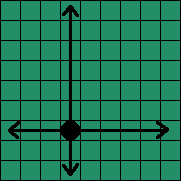
Moving a piece.
A piece is only captured if the trap is closed by the aggressor's move, it is therefore permitted to move in between two enemy pieces.
The king may take part in captures.
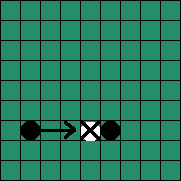
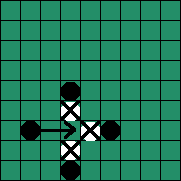

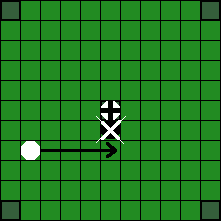

Capture of pieces.
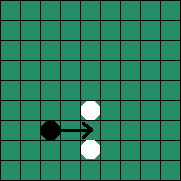

The piece is not captured.
Restricted squares are hostile, which means they can replace one of the two pieces taking part in a capture. The throne is always hostile to the attackers, but only hostile to the defenders when it is empty.
The board edge is NOT hostile.
5b. On the 7x7 board:
Ard-Ri: No throne square, i.e. there are no restricted squares on the board.
Brandubh: The four corner squares are also restricted and hostile, just like the throne.
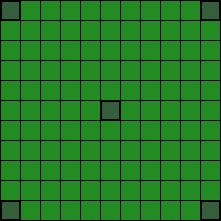
Brandubh, five restricted squares.

6b. Brandubh - King's side win:
If the king reaches any corner square, the king has escaped and his side wins.
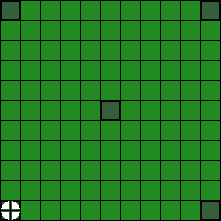
The king's side wins, Brandubh 7x7.
The king is captured like all other pieces, except when he is on or next to the throne.
On the throne, the attackers must surround him on all four cardinal points.
If on a square next to the throne, the attackers must occupy the three remaining squares around him.
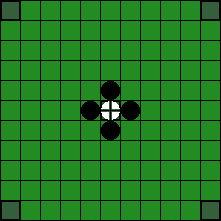

The king is captured.
7b. If the attackers surround the king and ALL remaining defenders, then they win, as they have prevented the king from escaping.
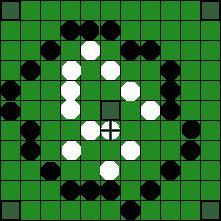
The attackers win by encircling all defenders.
9. If a player cannot move, he loses the game.
10. If it is not possible to end the game, fx. because both sides have too few pieces left, it is a draw.
|
Some examples of perpetual repetitions. Perpetual repetition - the king must find another move:  White is confined and cannot avoid perpetual repetitions and lose: 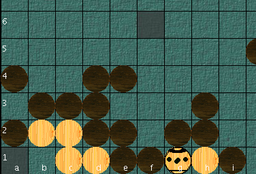

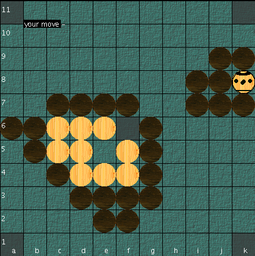
|
Hnefatafl on the 7x7 board was called Brandubh in Ireland and Ard Ri in Scotland, on the 9x9 board called Tablut in Lapland, on the 11x11 board called Tawlbwrdd in Wales (the Norse/Danish word Tavlbord = gameboard).
English text and diagrams: Adam Bartley (Norway).
Historical Hnefatafl Rules for print (Adam Bartley)
Règles du Brandubh en français for print, pdf (David Zolli, "branan")
Règles du Brandubh en français for print, docx (David Zolli, "branan")